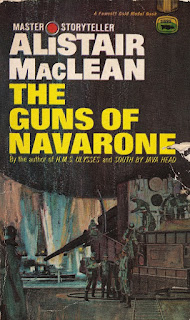For those that have yet to experience one of the Peter Fallon books, let me summarize the approach. Peter is a rare-book and manuscript expert and businessman, specializing in collectables of historical significance. In these novels, he is a treasure hunter, following clues from many sources until, hopefully, he reaches a successful end to his journey. But what makes these books unique is that we readers get to follow along in history, joining the historical figures (both real and fictional) and their adventures with that very same treasure that Peter is hunting in the present day. It is really cool to jump back and forth and see how the events laid out in history transform into clues for Peter to follow.
This time, the treasure is nothing less than an original near-final draft of the US Constitution, with margin notes scribbled by the founding fathers. This novel was published in 2007 but is even more relevant today as Peter’s present day world is engaged in a nation-wide debate on the the right to bear arms. Gun violence has reached such a level that they are even considering a repeal of the 2nd amendment. ("A well-regulated Militia, being necessary to the security of a free State, the right of the people to keep and bear Arms, shall not be infringed."). What would happen if some of those margin notes provided further insight on what the framers of the US Constitution might have been concerned with? Of course both sides of the issue have their thoughts and extremists in this novel are even willing to kill to either find the lost constitution or see it destroyed.
This makes for a fascinating tale and the book rises to the occasion. The historical chapters follow Will Pike and his descendants as the lost constitution is smuggled out of Philadelphia, sold, purloined, auctioned, and hidden for over two centuries. There are a lot of action sequences as the document's value grows over time and people fight over its location or ownership as well as a lot of family intrigue. I did feel some of the middle sections grew too long and other parts could have stood some pruning as well but overall it was a fully engaging story. It was also nice to see progress with Peter’s personal life as well.
I certainly recommend this series, particularly for those interested in historical America. The first two books in the series (Back Bay and Harvard Yard) were almost entirely set in the Boston area but this one found its way to all of the New England states. I always look forward to my next William Martin novel.



















